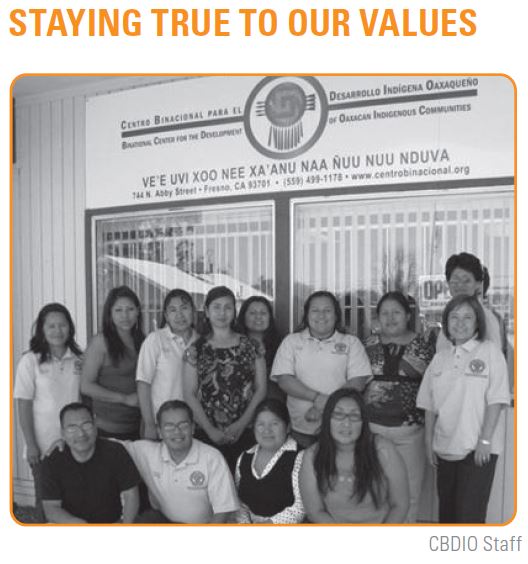
Shields for Families
This case study tells the story of Shields for Families in Los Angeles that actively integrates social change and service provision by building on the leadership capacity of their clients and staff. Shields creates many opportunities for learning, enagement, and social change efforts that are exemplary. Use this case study to learn from Shields and discuss what would work locally and how to move forward.

From Input to Ownership: How Nonprofits Can Engage with the People They Serve To Carry Out Their Missions
This article is about asking, listening, and more. It looks at how some leading nonprofits are engaging clients, beneficiaries, or residentstheir constituents in order to deliver services more effectively and have more impact on the social concerns they are trying to address.
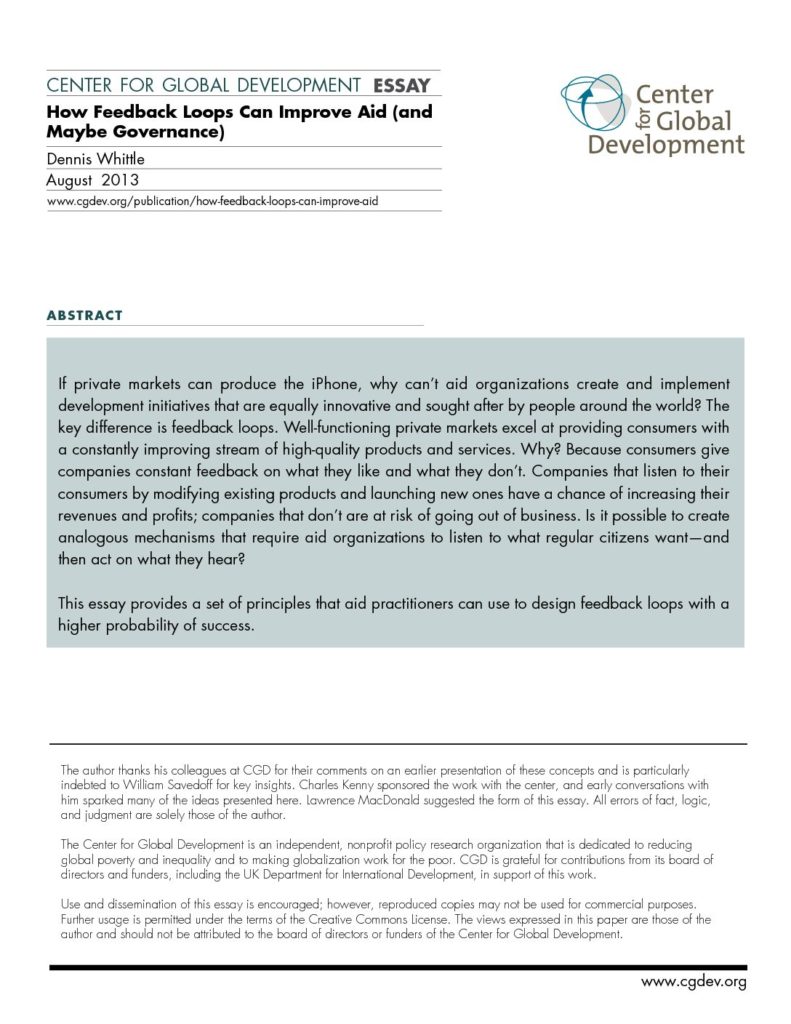
Creating Effective Feedback Loops
This essay provides a set of principles that practitioners can use to design feedback loops with a higher probability of success. It suggests that effective efforts benefit from getting constant feedback about what works and makes the case that constituent (or consumer) voice is critical to design systems that are effective and responsive.
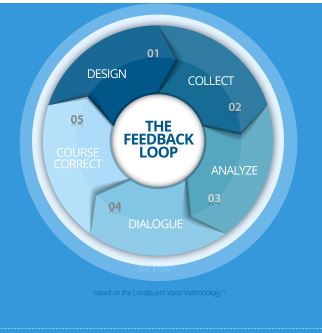
Feedback Loops Toolkit
This curated collection of actionable resources from Feedback Labs is designed to help you improve your feedback loops.
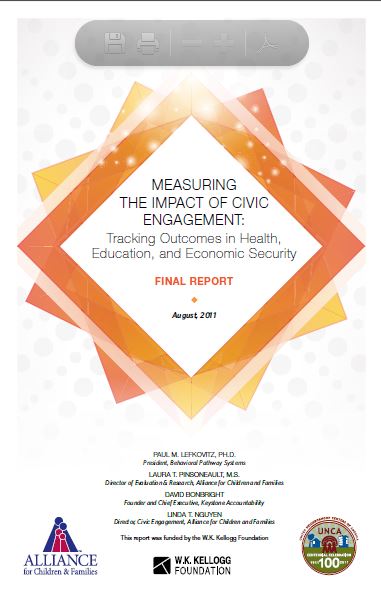
Measuring the Impact of Civic Engagement
This report provides an overview of a process to develop tools to measure the impact of civic engagement practices in human services. The Civic Engagement Measurements System (CEMS) is an inter-related set of tools that are believed to represent a promising new approach to the measurement of outcomes and impacts of civic engagement.
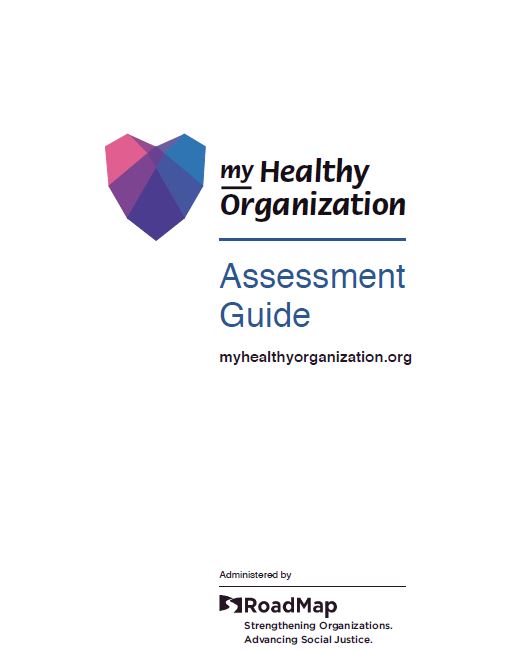
My Healthy Organization Assessment Guide
This guide explains how to use the My Healthy Organization Tool (MHO Assessment Tool). The guide describes:
1. Why and when to do an assessment.
2. How to implement the process and use the assessment tool, including risks
and challenges
3. How to use the process and results to improve your organization
Nine areas are identified as important building blocks of movement capacity of nonprofit organizations: Vision, Principles, Learning and Reflecting, Issues of Race and Power, Work Across Boundaries, Work Across Generations, Constituent Involvement, Structure, and Funding.
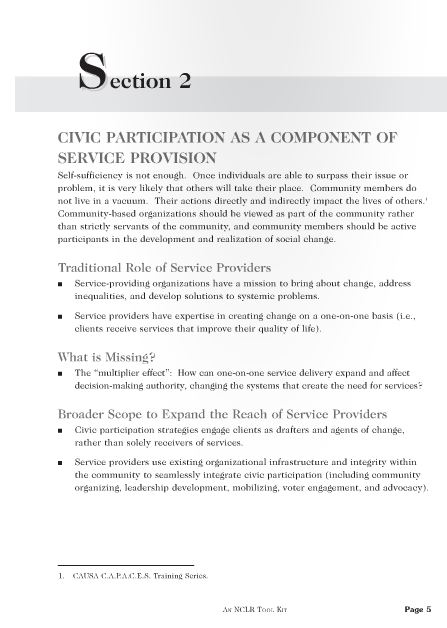
Civic Participation as a Component of Service Provision
This is section 2 of the “Integrating Civic Participation Strategies into Service Delivery Organizations” Toolkit, which was created by the National Council of La Raza (NCLR) in order to create a participation continuum that links constituencies to a variety of civic opportunities such as citizenship promotion and engaging in issues. This section focuses on expanding the traditional role of service providers to affect decision-making authority, changing the systems that create the need for services.

Beyond Marketing: Becoming a Constituent Centered Organization
This article provides concrete examples and ideas about engaging constituents in all facets of an organization.
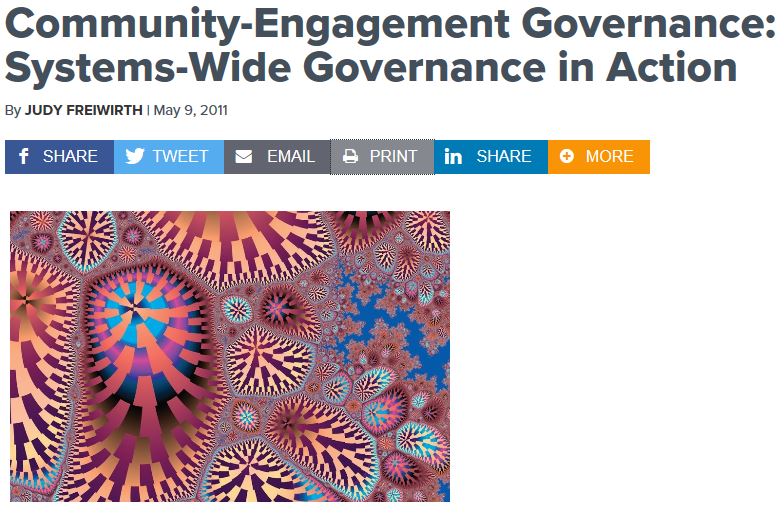
Community-Engagement Governance
This article presents models for governance by stakeholders in contrast to traditional board model. In the Community-Engagement Governance framework, responsibility for governance is shared across the organization, including the organizations key stakeholders: its constituents and community, staff, and the board. Community-Engagement Governance is based on established principles of participatory democracy, self-determination, genuine partnership, and community-level decision making. It can be explored as a way to ensure that engagement is integrated into daily practice.
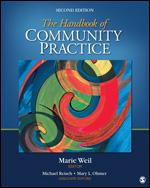
Overarching Questions
These questions are adapted from Cultural Competency: Organizations and Diverse Populations: The Handbook of Community Practice, Patricia St. Onge, 2013. It can be part of the process to assess organizational cultural competency. Questions are based on the belief that working towards organizational cultural competence is an on-going process that requires constant vigilance because the negative consequences of racism, sexism and oppression need on-going understanding and confrontation.




